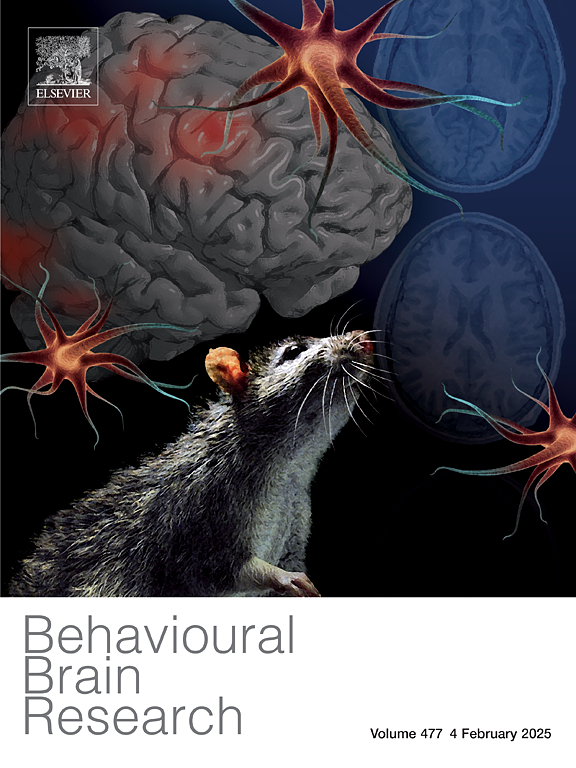Molecular Mechanisms of Neuroprotection: The Interplay of Klotho, SIRT-1, Nrf2, and HO-1 in Neurological Health
IF 2.6
3区 心理学
Q2 BEHAVIORAL SCIENCES
引用次数: 0
Abstract
Neurological disorders significantly impair neuronal function and lead to cognitive and motor deficits. This review manuscript explores the therapeutic potential of key proteins—Klotho, SIRT-1, Nrf2, and HO-1—in combating these disorders. Neurological conditions encompass neurotraumatic, neurodegenerative, and neuropsychiatric diseases, all characterized by neuronal loss and dysfunction. The complex functions of Klotho, an anti-aging protein, and SIRT-1, a histone deacetylase, highlight their roles in neuronal survival and neuroprotection through the enhancement of antioxidant defences and the modulation of stress responses. Nrf2 functions as the principal regulator of the antioxidant response, whereas HO-1 facilitates the control of oxidative stress and the resolution of inflammation. Evidence suggests that the interplay between these proteins facilitates neuroprotection by decreasing oxidative damage and promoting cognitive function. The study emphasises the significance of signalling pathways, particularly the Nrf2/HO-1 axis, which are essential in mitigating oxidative stress and inflammation linked to neurodegenerative disorders. Future therapeutic strategies must consider personalized approaches, innovative drug delivery systems, and early intervention to optimize outcomes. This review provides a comprehensive framework for understanding how targeting these pathways can mitigate the burden of neurological disorders, advancing the development of effective interventions for enhancing brain health.
求助全文
约1分钟内获得全文
求助全文
来源期刊

Behavioural Brain Research
医学-行为科学
CiteScore
5.60
自引率
0.00%
发文量
383
审稿时长
61 days
期刊介绍:
Behavioural Brain Research is an international, interdisciplinary journal dedicated to the publication of articles in the field of behavioural neuroscience, broadly defined. Contributions from the entire range of disciplines that comprise the neurosciences, behavioural sciences or cognitive sciences are appropriate, as long as the goal is to delineate the neural mechanisms underlying behaviour. Thus, studies may range from neurophysiological, neuroanatomical, neurochemical or neuropharmacological analysis of brain-behaviour relations, including the use of molecular genetic or behavioural genetic approaches, to studies that involve the use of brain imaging techniques, to neuroethological studies. Reports of original research, of major methodological advances, or of novel conceptual approaches are all encouraged. The journal will also consider critical reviews on selected topics.
 求助内容:
求助内容: 应助结果提醒方式:
应助结果提醒方式:


